Global diversity of Wilderness definitions
Wilderness is a complex issue around the globe, so it is no surprise that there are several Wilderness definitions, which slightly differ case by case.
Generally, we can say that Wilderness definitions worldwide focus on strictly protected nature. However, there is a slight difference if you go from definition to definition and search for small – but at the end very important – details. Details which make a big difference in the implementation process and result in different qualities of Wilderness.
There is currently no consensus on how Wilderness should be defined. Most definitions acknowledge the ecological value of Wilderness, but there is usually less emphasis on experiential values and little recognition of the significance of remoteness.
In the following few paragraphs we explain the uniqueness of one Wilderness definition coming from Tasmania.
Please also read: Wilderness Has A Wide Diversity Of Interpretation
Wilderness definition in Tasmania
In the Tasmanian context, the experiential value of Wilderness is strongly linked to remoteness. That makes the process in Tasmania unique. Their concern is the lack of recognition for the importance of remoteness. It leaves Wilderness at risk from urban development and compromises experiential values.
Remoteness is often not mentioned in this context in many, more densely populated continents or countries. Europe is such an example.
The issue requires Wilderness areas to be large. But an area can be large without containing remote country. For example, a riverine reserve might cover thousands of hectares, yet be no more than 1 km wide at any point. Are we still talking about Wilderness in this case?
Suggestions for new Wilderness definition
A couple of years ago (2018), Tasmanian Wilderness stewards published recommendations to define Wilderness as a land characterised by a high degree of:
- biophysical naturalness,
- linear remoteness from infrastructure and landscape disturbances,
- time-remoteness from points of mechanised access as well as having minimal evidence of modern technological society.
Wilderness and indigenous people
The majority of Wilderness definitions around the globe respect the presence of indigenous people. Particularly, if they still live a traditional way of life. Infrastructure and landscape disturbances associated with indigenous societies do not affect the newly proposed Tasmanian Wilderness, if they still live a traditional lifestyle, e.g. predominantly a hunter-gatherer lifestyle.
The proposal of our Tasmanian colleagues sounds interesting regarding presence of indigenous people in Wilderness. This is also an issue to think about in the context of indigenous people in Northern Europe.

Delineating Wilderness
Specifically for the purpose of delineating Wilderness, Tasmanian Wilderness stewards recommend a minimum linear remoteness of 5 km from major infrastructure and landscape disturbances (e.g. roads and buildings). They also require at least half a day of travelling by non-mechanised means from the nearest access point for mechanised vehicles (including recognised boat and aircraft landing sites).






Remoting buffers
The main principle is that a ‘remoting buffer’ must surround Wilderness to secure it remoteness. Wilderness areas and their associated remoting buffers must be maintained in a largely natural condition and free of major structures and landscape disturbances. This sentence would likely define the Wilderness itself in most European contexts.
Further on, they are saying that Wilderness protected areas (i.e. reserves designed to protect Wilderness) must contain those areas and their remoting buffers. Wilderness areas including remoting buffers are by definition large and natural, and hence are well suited for protecting ecological values.
And finally they highlight that their recommended definition is based on physical parameters, not land tenure.


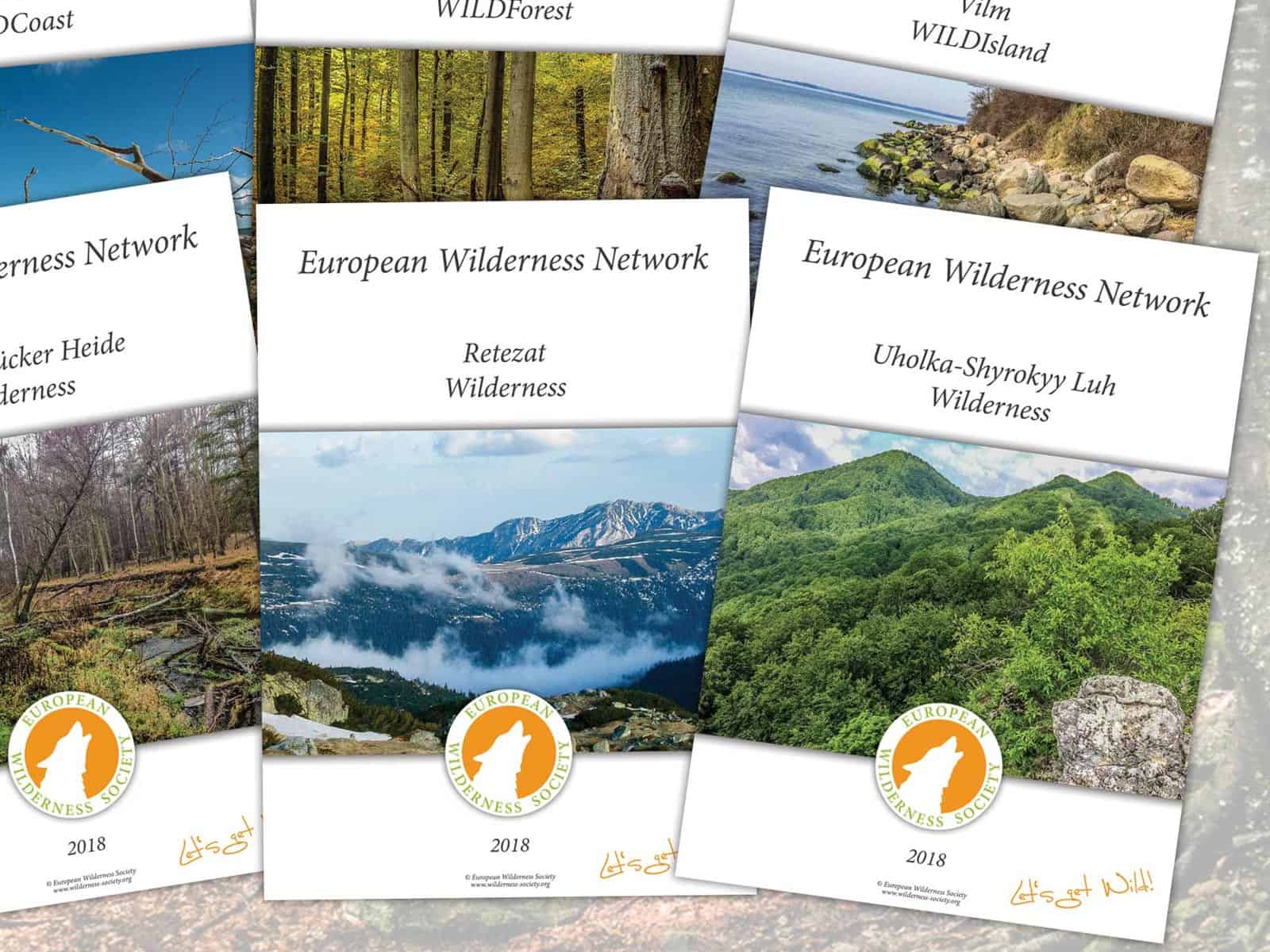
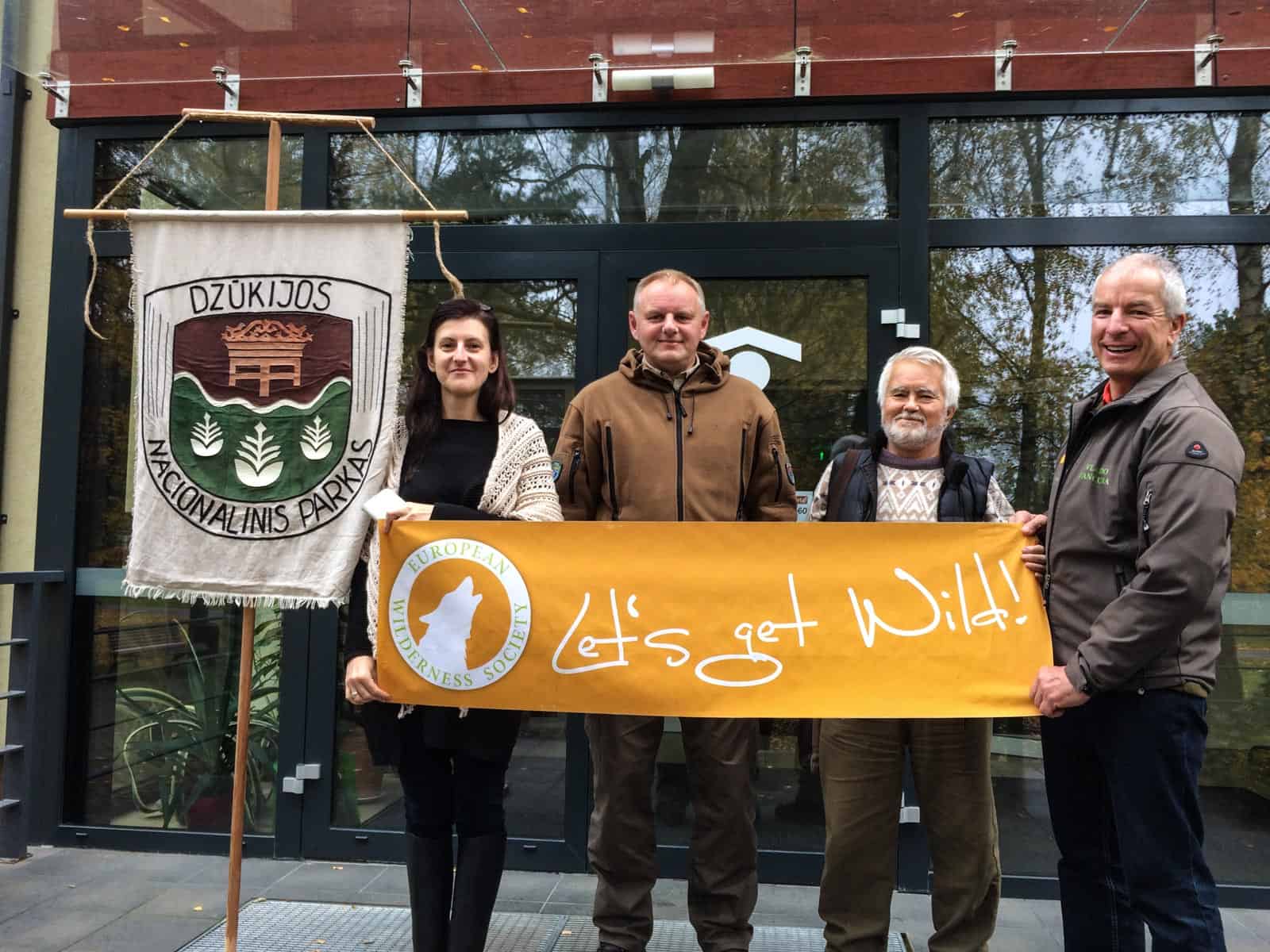
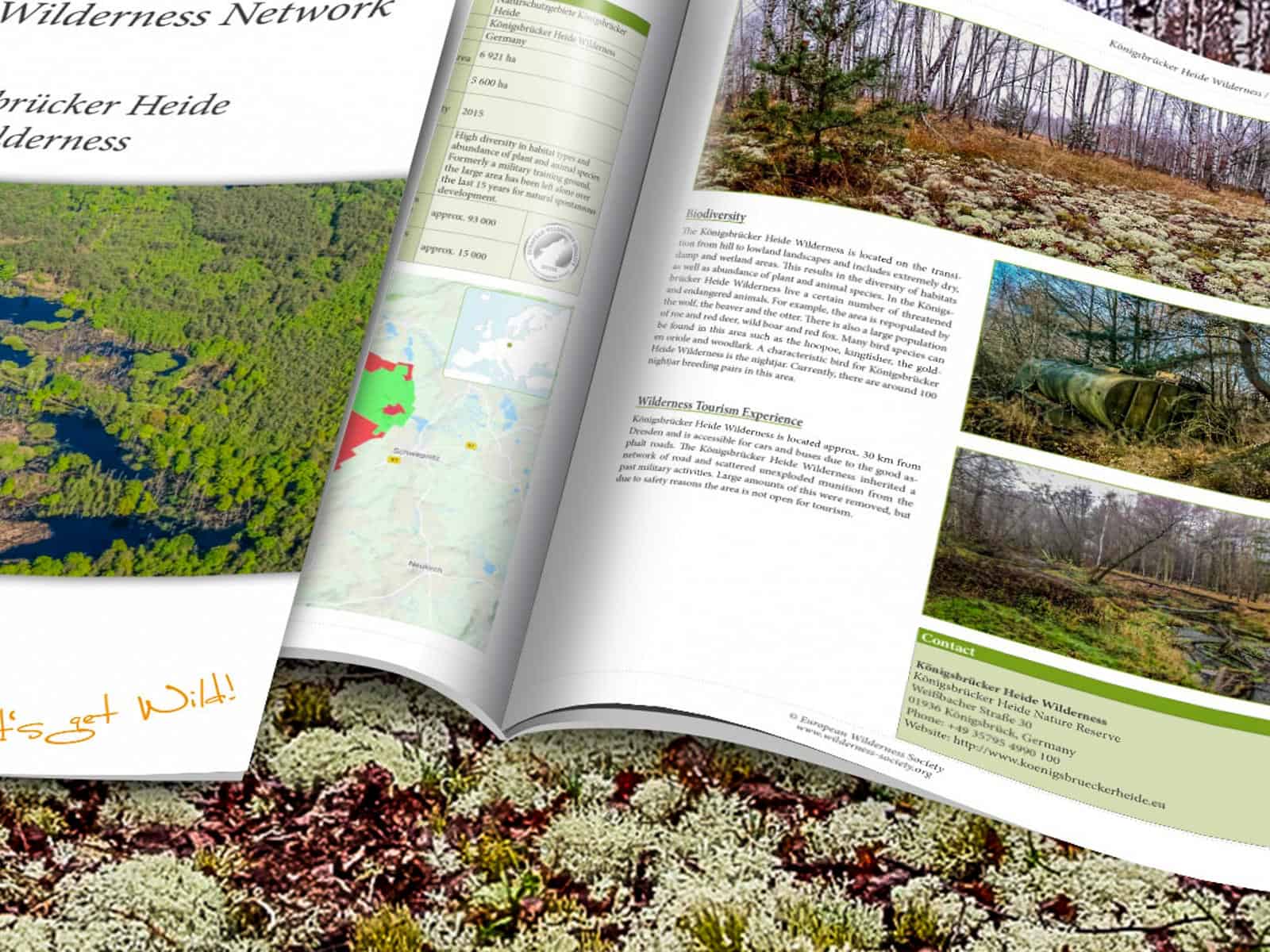
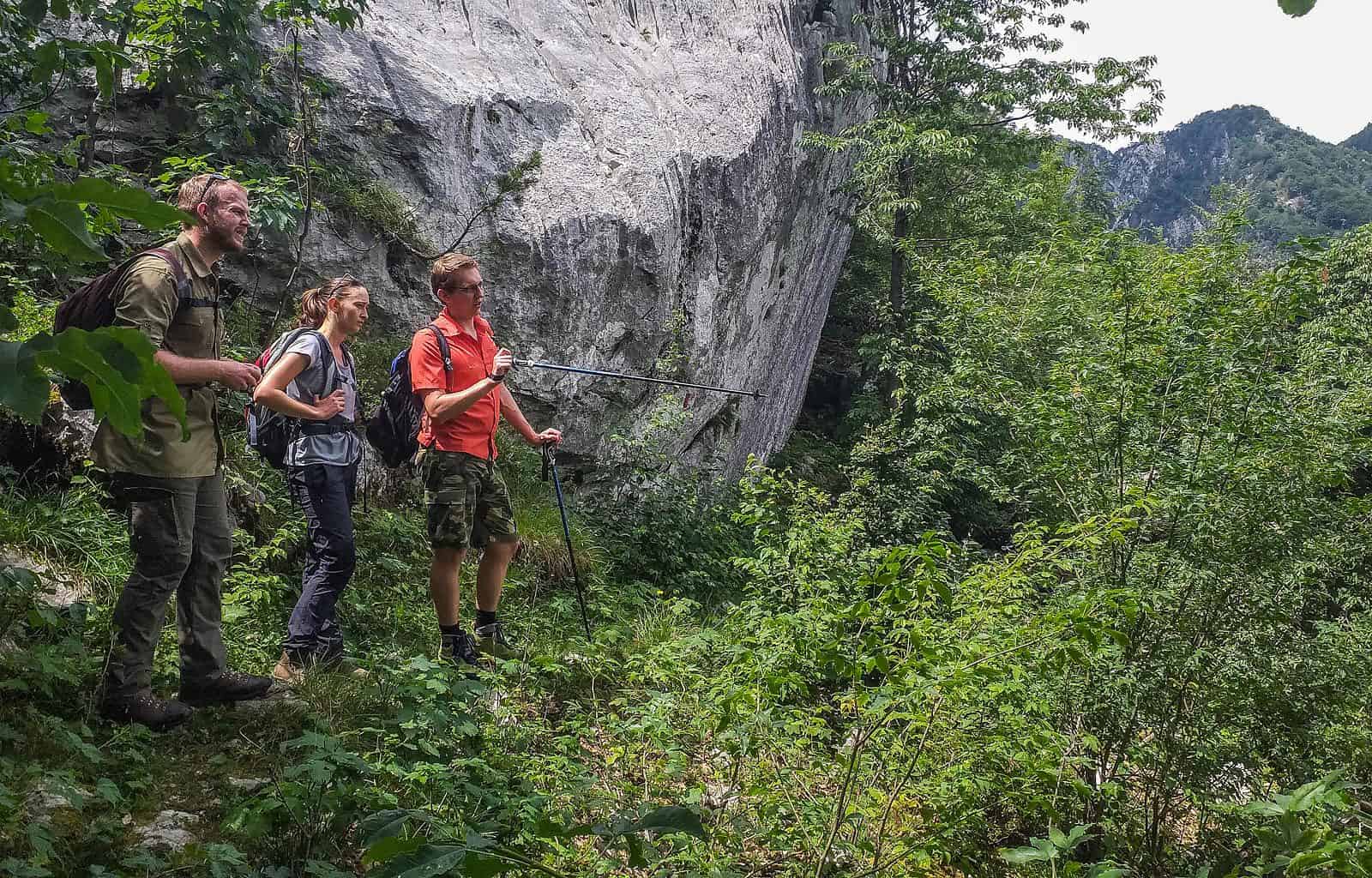
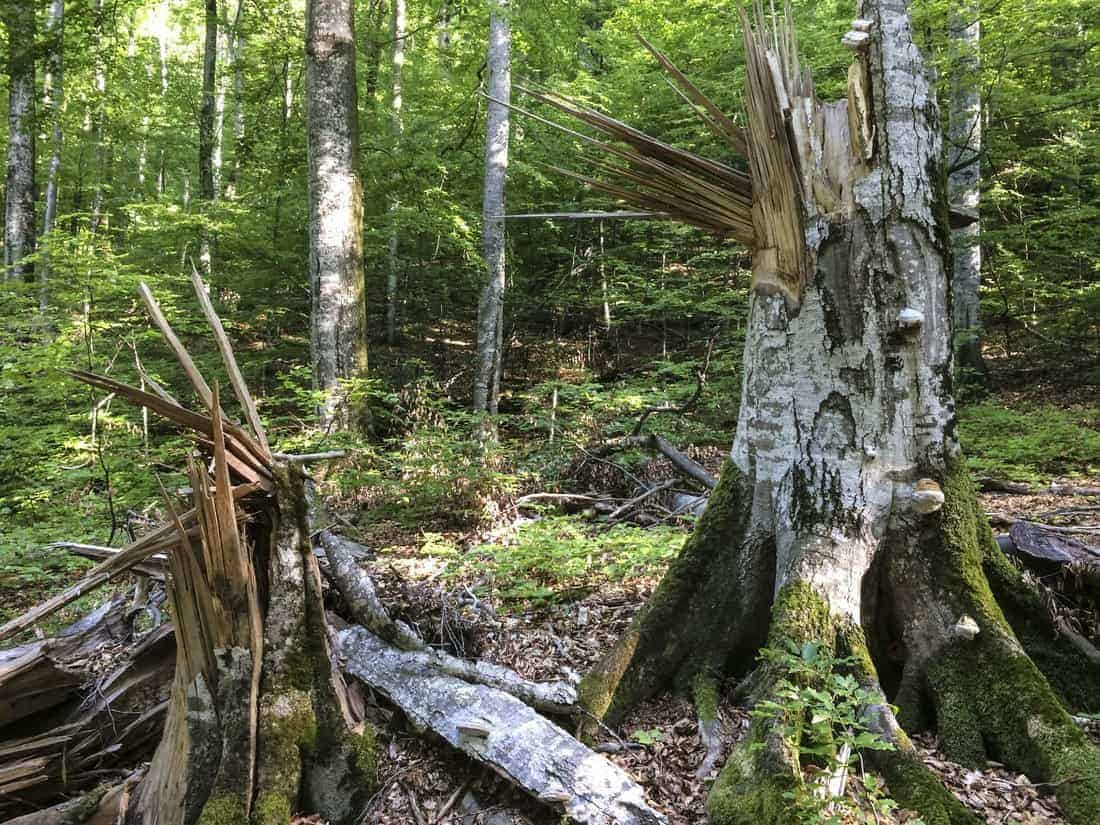
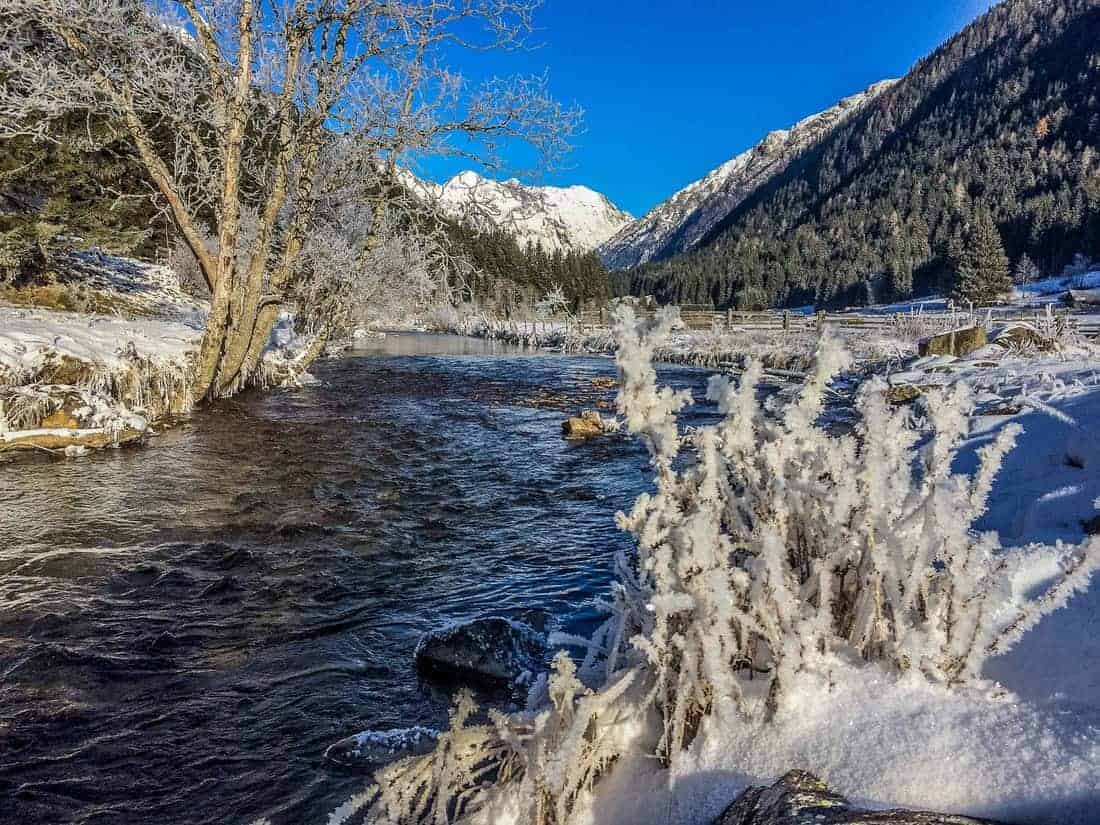
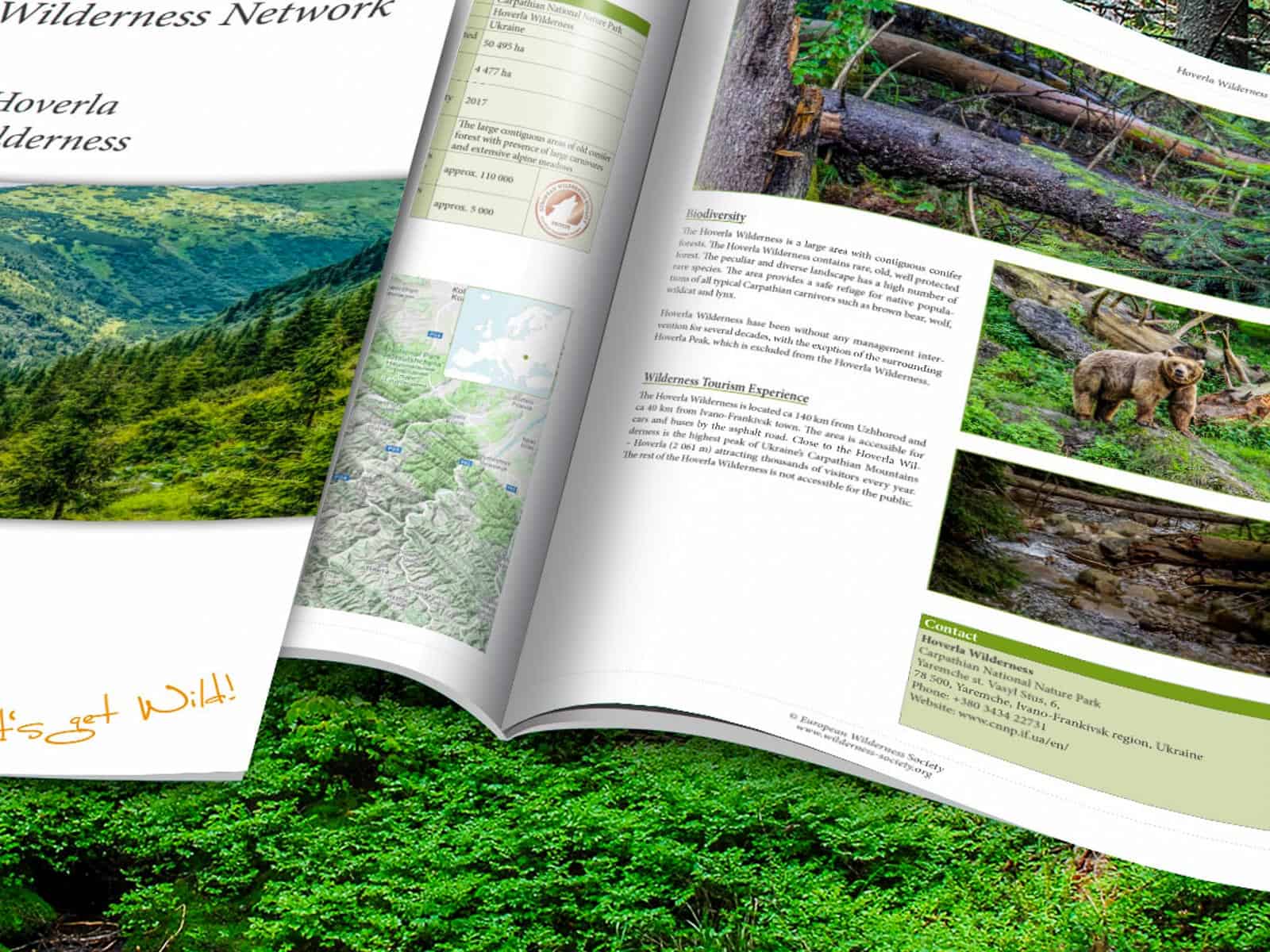
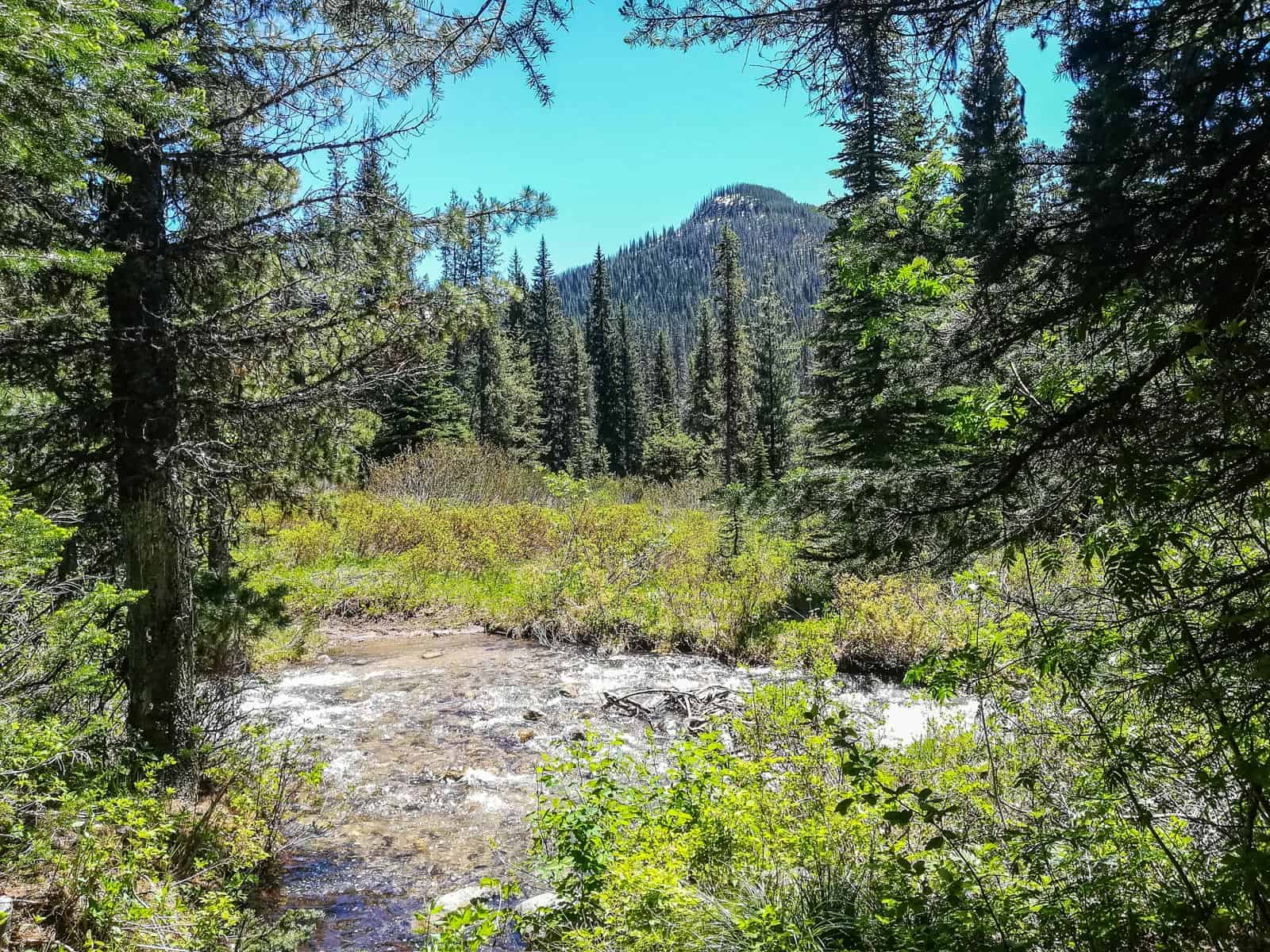
An important requirement for protected wilderness areas is that wherever possible there should be no physical intervention with natural processes such as natural succession in plants. Of course deciding to do this is a human intervention but the ecological geological and recreational values will all be better if we take this approach.